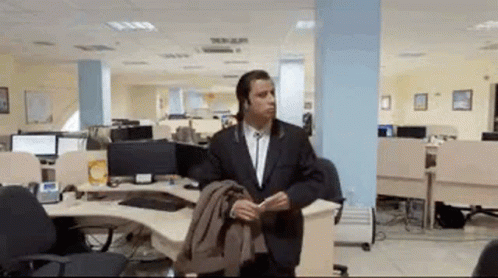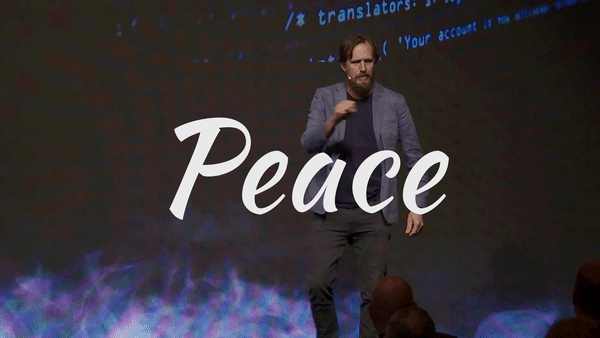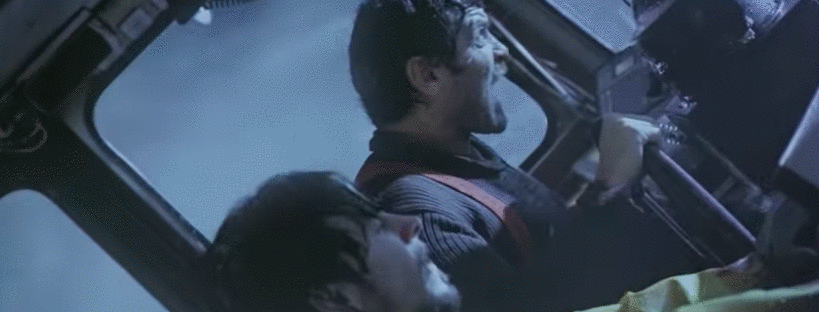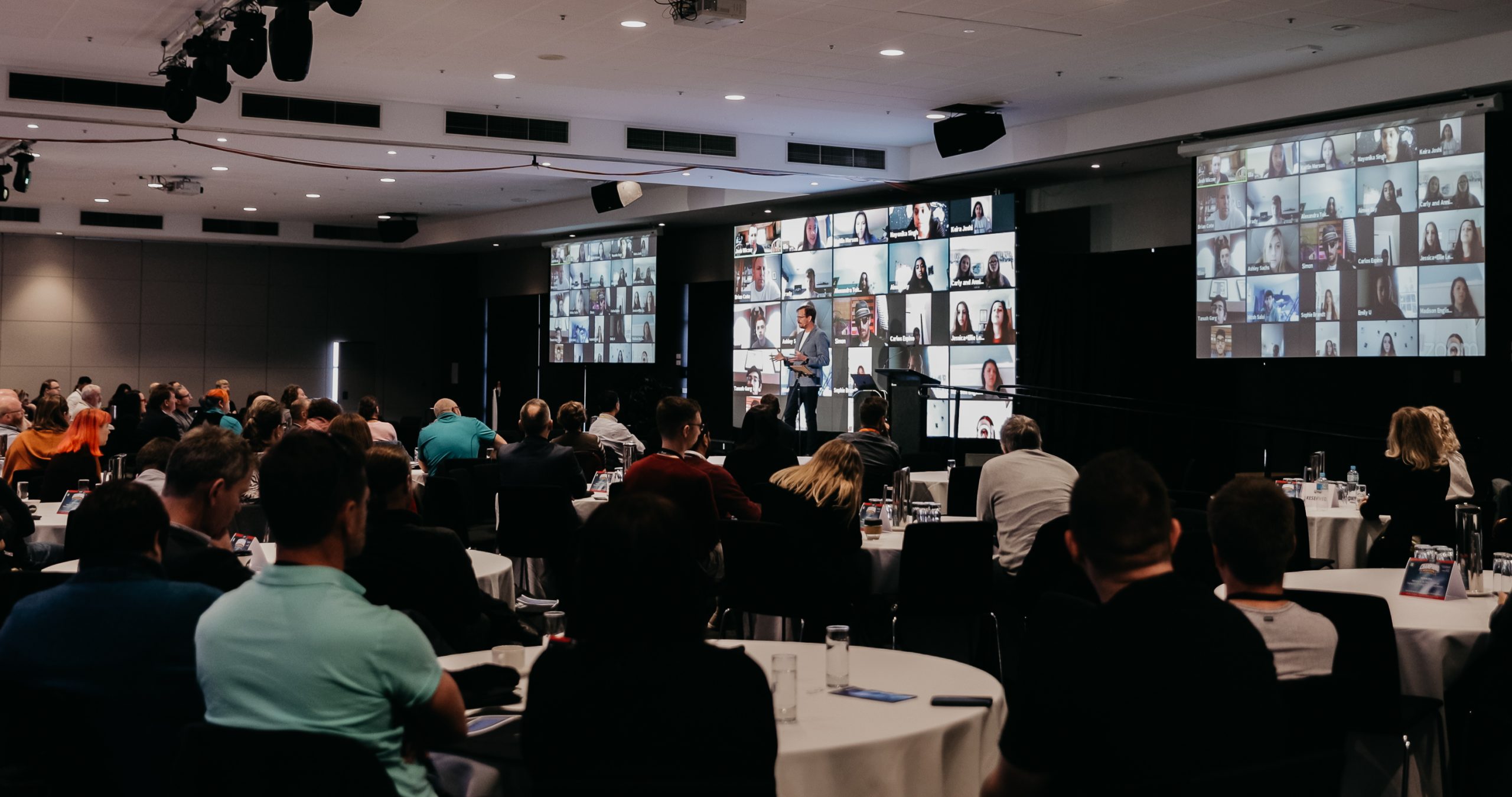
Although half of Australia are currently in lockdown it hasn’t stopped businesses thinking about what happens next. What will the post-pandemic workplace look like? Obviously, some jobs such as construction, manufacturing and hospitality are location-specific and those workers will be expected to return to pre-pandemic work arrangements as soon as possible. But for many office-based roles (even office-based roles in construction, manufacturing and even hospitality), the post-pandemic work arrangements are less clear.
From talking to a number of CEOs and leadership teams, it’s clear that there’s a disconnect between what leaders and workers want. For many leaders, it would be preferable if people came back to the office full time. But most workers are quite comfortable with the current work from home arrangements. For many organisations the compromise has been a ‘hybrid model’, expecting workers to return to the office two to three days a week with the balance spent flexibly.*
*This might be at home but office space would still be available for people who don’t want to or are unable to work effectively from home.
But this is clearly a compromise, it’s not the outcome that either leaders or workers would ideally like and in some cases, it is creating outright conflict. So why is there such a gulf between leaders and workers? And is this gulf something that can be crossed?
To understand this gulf is to understand the difference between leading, managing and working. One way of thinking about the difference is this
“Leading is the heart and soul, managing is the eyes and ears and working is the brain.”
Leadership is driven through strong communication and building cohesion and connection with others. Managing requires planning and oversight. And for office workers, ‘the work’ involves a significant chunk of cerebral activity.
Once we acknowledge this difference, we can start to understand why leaders and workers have different preferences. If you’re doing a whole lot of cerebral work, the office environment is rarely conducive to getting things done. Even pre-pandemic there was much written about the problems of open plan offices in terms of not only wellbeing and job satisfaction but also in terms of collaboration and productivity. Ultimately, it’s hard to get work done if you’re constantly being watched, disrupted or called into meetings…three things that happen far less when working remotely.
On the other hand, leading remotely is significantly harder. In a recent conversation with the leader of a large government agency, he talked about how he loved to ‘walk the floor’ of the office, to be visible and to get a feel for how people were going. He asked me how can he do that virtually? Unfortunately the answer to that is ‘with great difficulty’. There is no easy way to translate casual interactions and serendipitous conversations into the more structured space of Slack channels and Zoom chats.
So the ‘work of working’ is actually much easier AND far more convenient in this new world of work, yet the ‘work of leadership’ (at least most leaders practiced it pre-covid) is much harder.*
*Interestingly remote management sits somewhere in between. Digital tools can provide greater transparency on who’s doing what and when but these tools are not always utilised well.
So what happens next? Will both parties learn to live with the compromise until it becomes the new normal we keep hearing about, or will this tension create enduring conflict between employees and employers?
The answer to this is ‘I don’t know’. Although the needs of both groups are different, they’re not necessarily incompatible. After all, there are some incredibly successful organisations that have worked 100% remote for a number of years. But to find that compatibility will require leaders and workers to rethink how they will work together. This will take time, effort, trial and error, but the benefits are potentially huge.*
*And let’s be honest, the well-documented issues of open plan offices suggest that organisations weren’t necessarily doing a great job of this even pre-pandemic.
For the duration of the pandemic, organisations have largely been comfortable with taking the processes and norms of the office environment and transplanting them online. But for the new world of work to be a happy, healthy and productive one, a new world of work is going to require new ways of leading.





